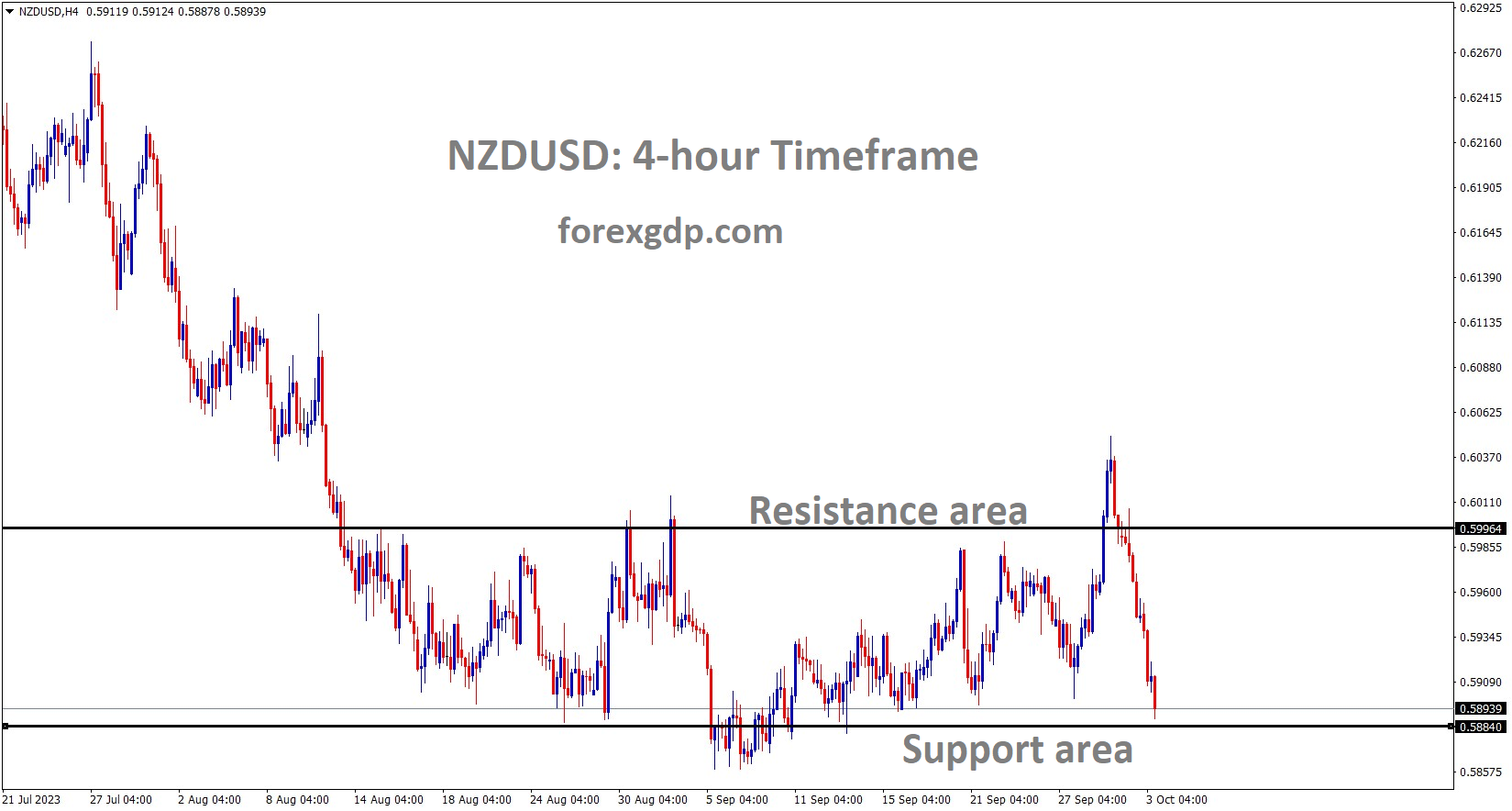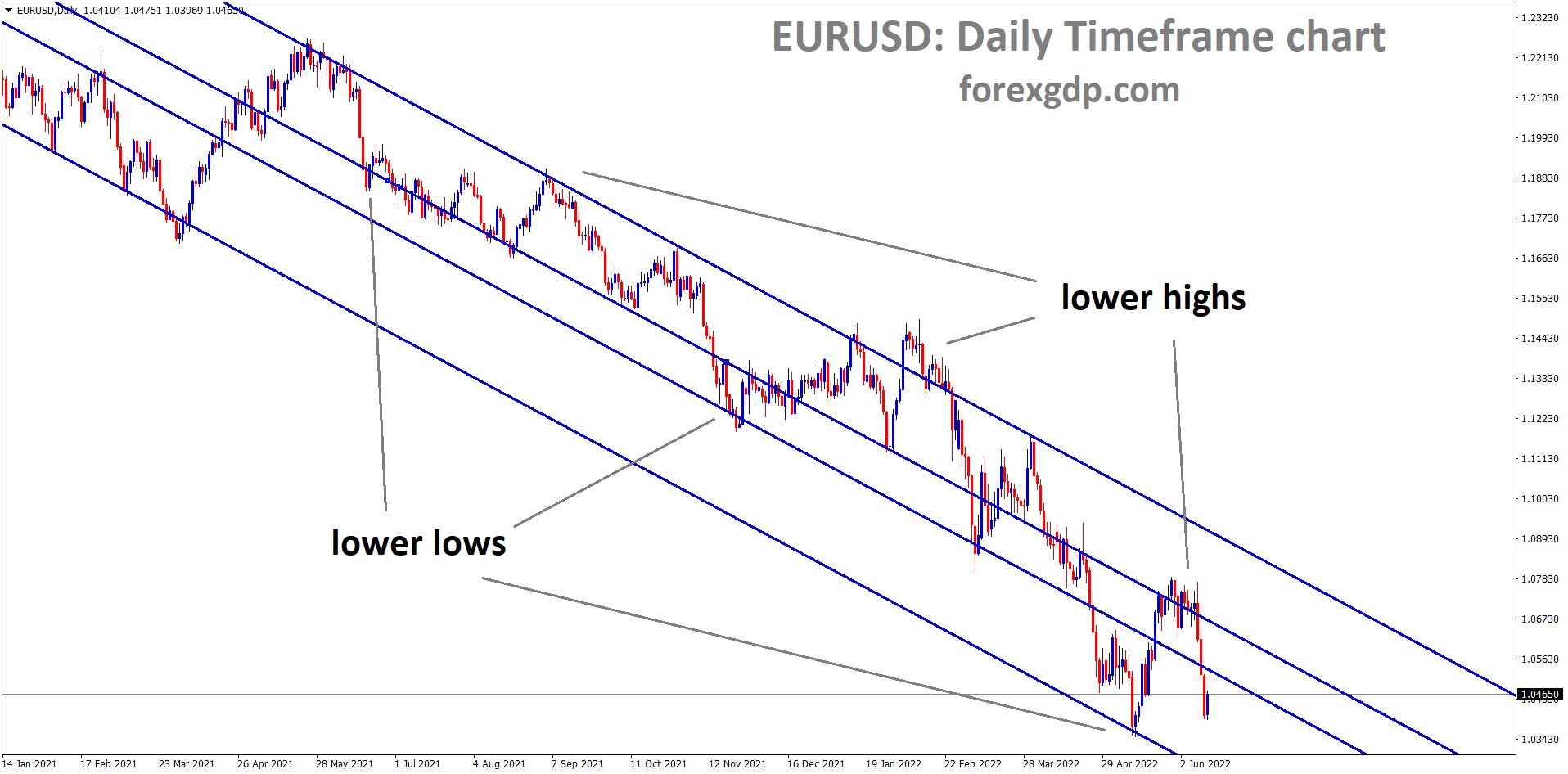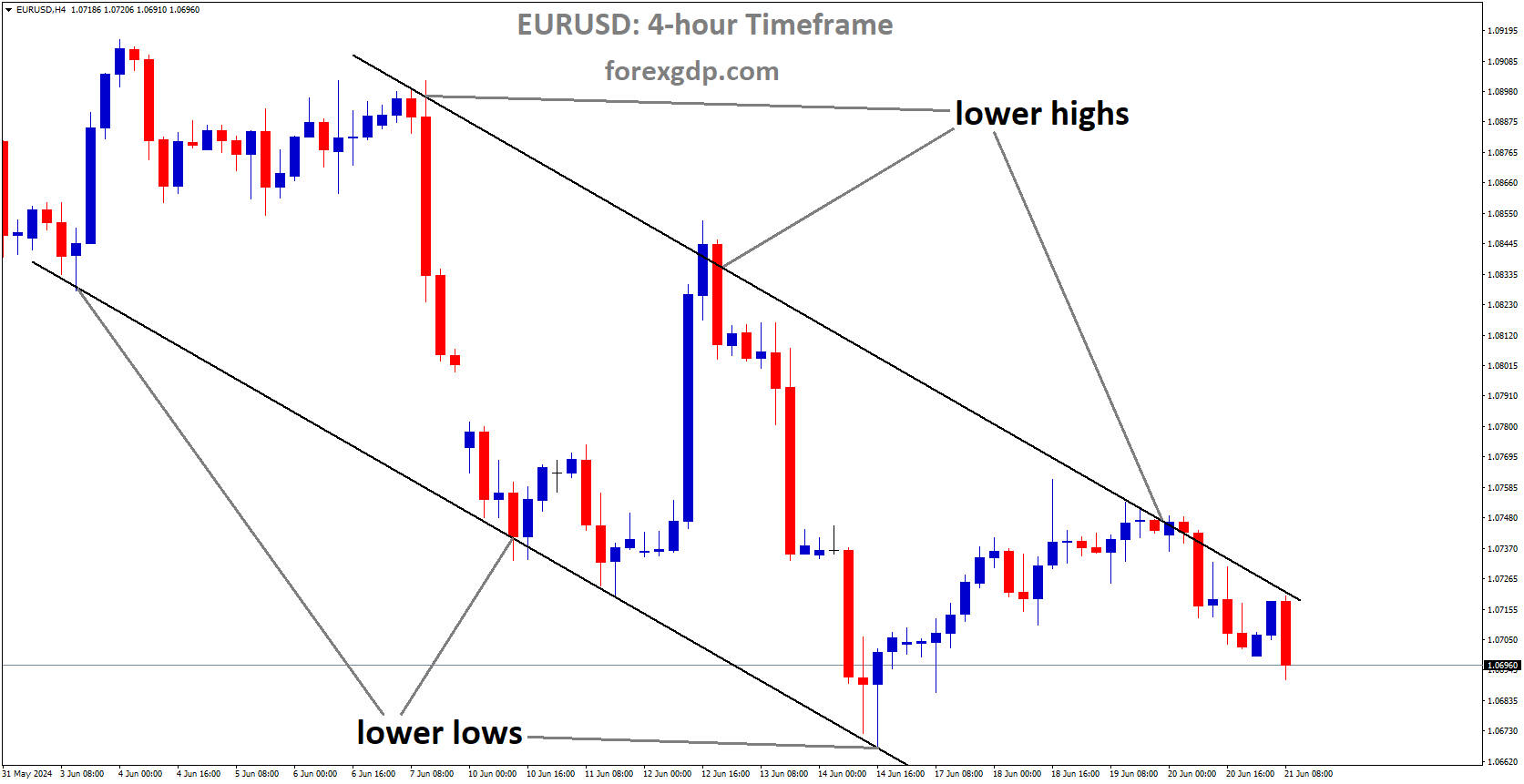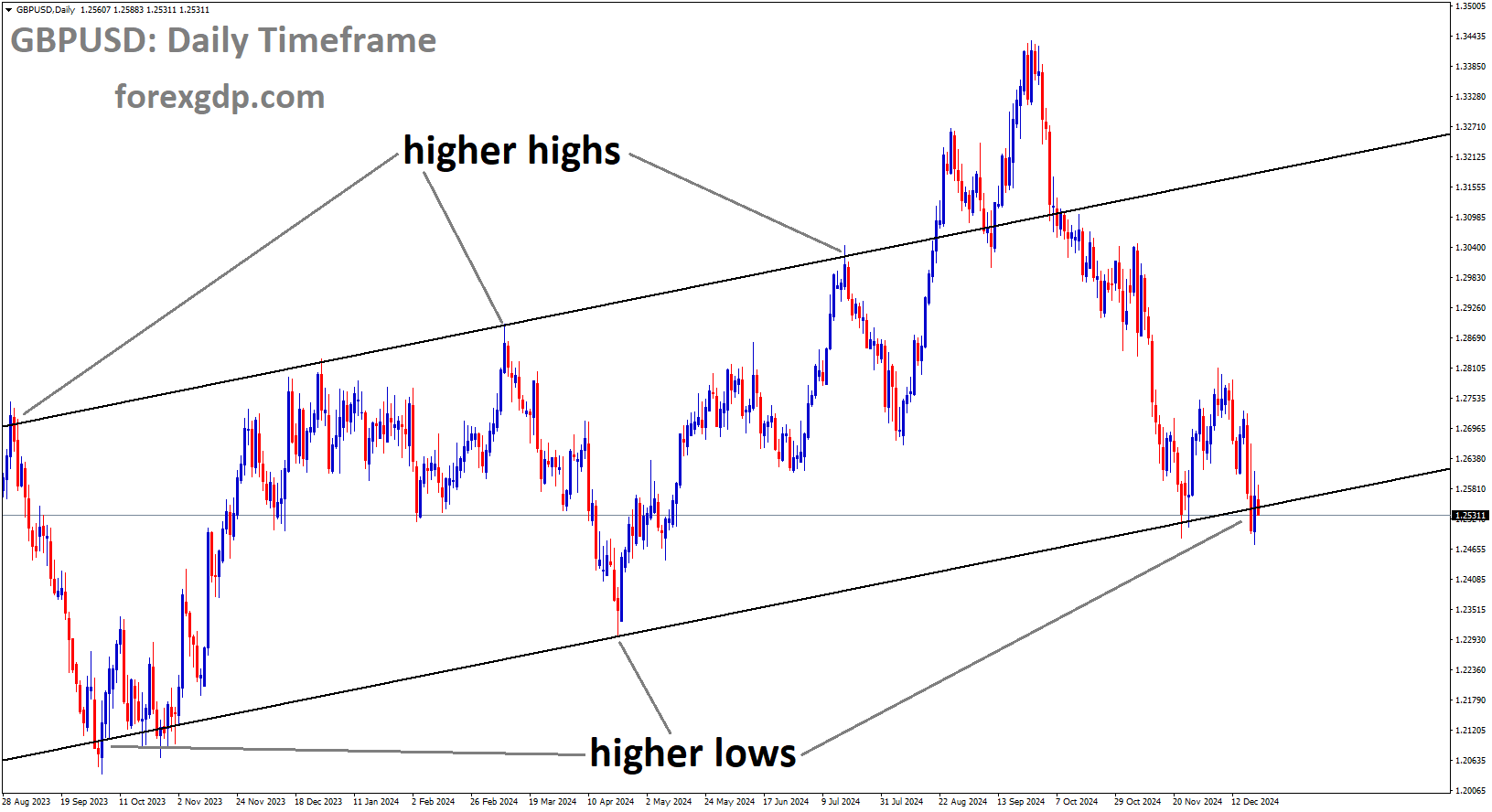NZDUSD is moving in the Box pattern and the market has reached the Support area of the pattern
The Reserve Bank of New Zealand is set to convene for its monetary policy review on October 4th. In this meeting, the RBNZ faces critical decisions regarding the Official Cash Rate (OCR), as the New Zealand economy grapples with factors such as inflation, Chinese economic fluctuations, and currency market dynamics. The recent recommendations from the NZIER Shadow Board and various experts provide valuable insights into the potential outcomes of this meeting.
1. The NZIER Shadow Board’s Recommendations
The NZIER Shadow Board comprises independent experts who offer their insights into what actions the RBNZ should take. Their recommendations for the October Monetary Policy Review are significant, and they highlight the uncertainty surrounding New Zealand’s economic outlook.
1.1 Majority Support for Holding the OCR
Most members of the NZIER Shadow Board have suggested that the RBNZ should maintain the OCR at its current level of 5.50 percent. This recommendation is influenced by the belief that the full impact of previous interest rate hikes has not yet been realized in the broader New Zealand economy.
The majority’s opinion reflects a cautious approach, recognizing that the New Zealand economy is still adjusting to the effects of earlier OCR increases. This is in line with the RBNZ’s objective to ensure stable economic growth and manage inflation within its target range.
1.2 Calls for a Minor Rate Hike

However, two members of the Shadow Board have diverged from the majority opinion by recommending a 25 basis-point increase in the OCR in October. Their argument stems from the emergence of upside risks to inflation and the belief that the RBNZ should act sooner rather than later to maintain control over inflation.
The minority’s perspective highlights the delicate balancing act faced by the RBNZ. While the majority emphasizes the need to let previous policy changes take full effect, the minority emphasizes the urgency of addressing inflationary pressures.
1.3 Uncertainty About Future OCR Levels
When looking ahead to the future, the Shadow Board’s core view suggests a range of OCR levels from 4.50 percent to 5.75 percent, with the central projection centered at 5.50 percent. This represents a shift from the previous projection of 5.25 percent in August. The uncertainty surrounding future OCR levels highlights the complexity of the economic landscape.
The varying opinions within the Shadow Board underscore the challenging task ahead for the RBNZ. As they contemplate their decision, they must consider the potential impact of each OCR adjustment on the New Zealand economy.
1.4 Monetary Policy Approach
One member has recommended that the RBNZ continues with its cautious “wait-and-see” approach for the next 12 months. This approach reflects the delicate balancing act the RBNZ faces in managing inflation and economic growth.
This cautious approach acknowledges the potential consequences of making hasty policy decisions. It recognizes that the RBNZ must carefully monitor economic indicators and make informed decisions to ensure stability.
2. Expert Opinions
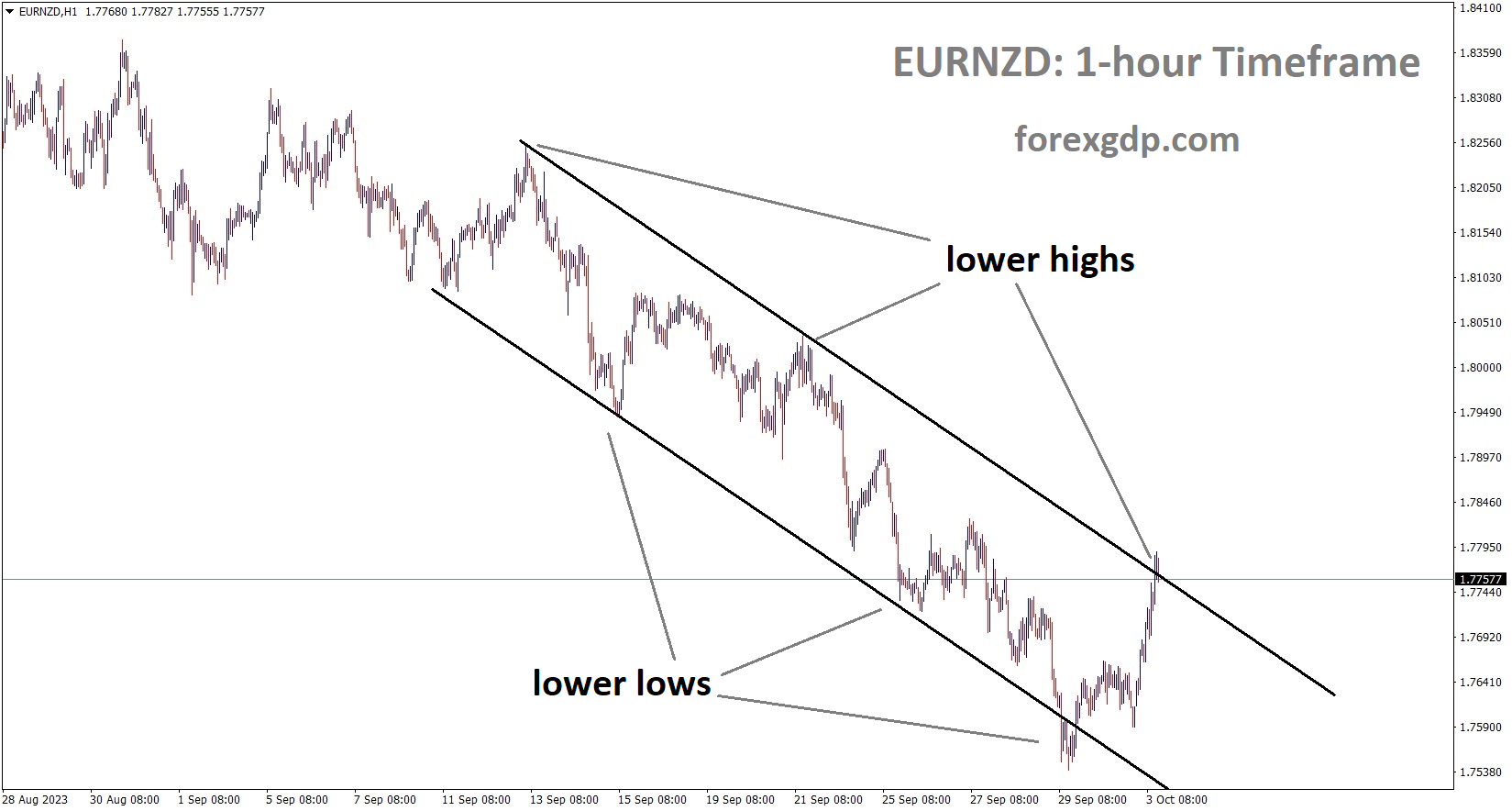
EURNZD is moving in the Descending channel and the market has reached the lower high area of the channel
Leading experts in the field offer diverse perspectives on the upcoming RBNZ meeting and its implications for New Zealand’s economy.
2.1 Stephen Toplis: The Prudent Approach
Stephen Toplis anticipates that the RBNZ will likely maintain the cash rate, although the consequences of this decision remain uncertain. He emphasizes that the RBNZ’s course of action must align with the evolving economic landscape, with potential implications for economic stability.
Toplis’ viewpoint highlights the importance of the RBNZ’s decision in maintaining financial market stability. It emphasizes the need for the central bank to remain responsive to changing economic conditions.
2.2 Jarrod Kerr: A Future Rate Cut
Jarrod Kerr’s outlook differs, as he predicts that the RBNZ will eventually lower interest rates but not until May 2024. He suggests that the RBNZ will closely monitor the situation over the next year before making any significant moves.
Kerr’s perspective emphasizes the central bank’s role in carefully assessing long-term economic trends. It suggests that the RBNZ may adopt a patient approach to monetary policy adjustments.
2.3 Kelly Eckhold: Rising Inflation Risks

Kelly Eckhold acknowledges the crystallization of upside risks to inflation, increasing her confidence in the need for at least one rate increase. She emphasizes that an earlier OCR hike could influence the timing of potential rate cuts next year.
Eckhold’s viewpoint highlights the RBNZ’s responsibility to address inflationary pressures. It suggests that preemptive action may be necessary to maintain price stability in the New Zealand economy.
2.4 Dennis Wesselbaum: Inflation and Interest Rates
Dennis Wesselbaum draws attention to the divergence between US and New Zealand inflation rates. He suggests that high inflation expectations may necessitate another OCR increase, highlighting the importance of past monetary policy decisions.
Wesselbaum’s perspective underscores the interconnectedness of global economic factors and their impact on New Zealand’s monetary policy. It suggests that the RBNZ must consider international trends in its decision-making process.
3. Chinese Economic Impact on NZD
The New Zealand Dollar (NZD) has experienced notable fluctuations in response to developments in the Chinese economy.
3.1 Recent Shift in Sentiment
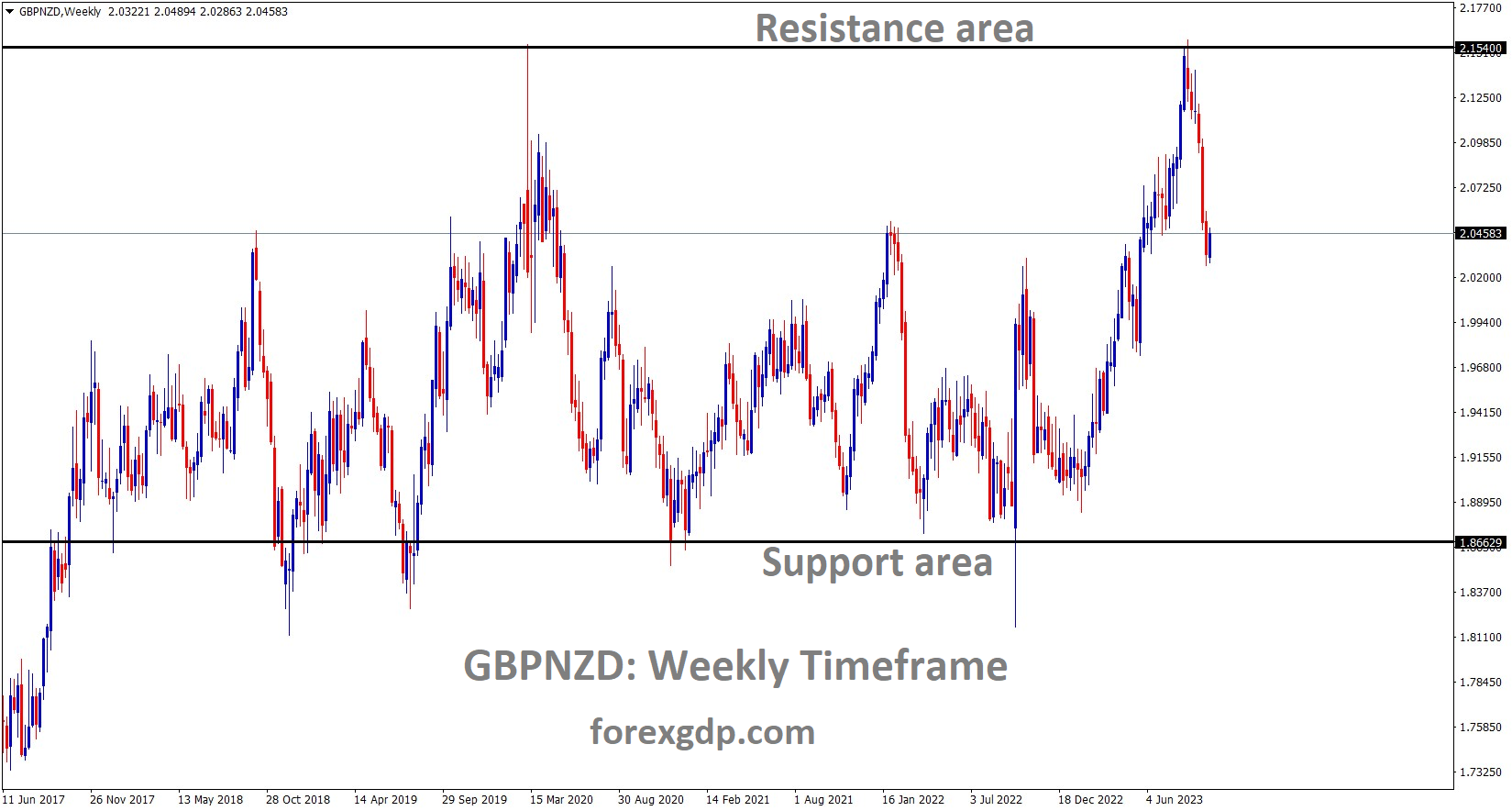
GBPNZD is moving in the Box pattern and the market has fallen from the resistance area of the pattern
Over the past two weeks, sentiment and direction of the NZD have undergone a rapid transformation. Initially underperforming against the Euro and UK Pound compared to the US dollar, the NZD has now decisively outperformed these currencies.
This recent shift in sentiment highlights the vulnerability of the NZD to global economic developments. It reflects the importance of international factors in determining the currency’s value.
3.2 Chinese Economy Speculation

Speculation regarding the Chinese economy’s downturn had initially led to a decline in antipodean currencies, including the NZD. New Zealand’s economy is perceived as heavily reliant on China, making it vulnerable to negative news from the Chinese economic front.
The impact of Chinese economic fluctuations on the NZD serves as a reminder of the interconnectedness of global markets. It underscores the need for New Zealand’s policymakers to monitor international developments.
3.3 Stabilization and Recovery
However, the Chinese economy has since stabilized, dispelling earlier concerns. The Chinese government’s intervention to address economic challenges played a crucial role in restoring confidence. This shift in focus away from China has allowed the NZD to regain strength.
The recovery in the NZD demonstrates the resilience of currency markets and the importance of proactive government intervention in stabilizing economies. It also indicates the significance of China as a global economic player.
4. Impact of RBNZ’s FX Transactions
The RBNZ’s substantial FX transactions have attracted attention and may have influenced the NZD’s value.
4.1 RBNZ’s NZD Selling
The RBNZ engaged in significant NZD selling transactions, amassing NZ$4 billion in a single move in July, followed by another NZ$874 million in August. These actions aimed to bolster the central bank’s foreign currency reserves.
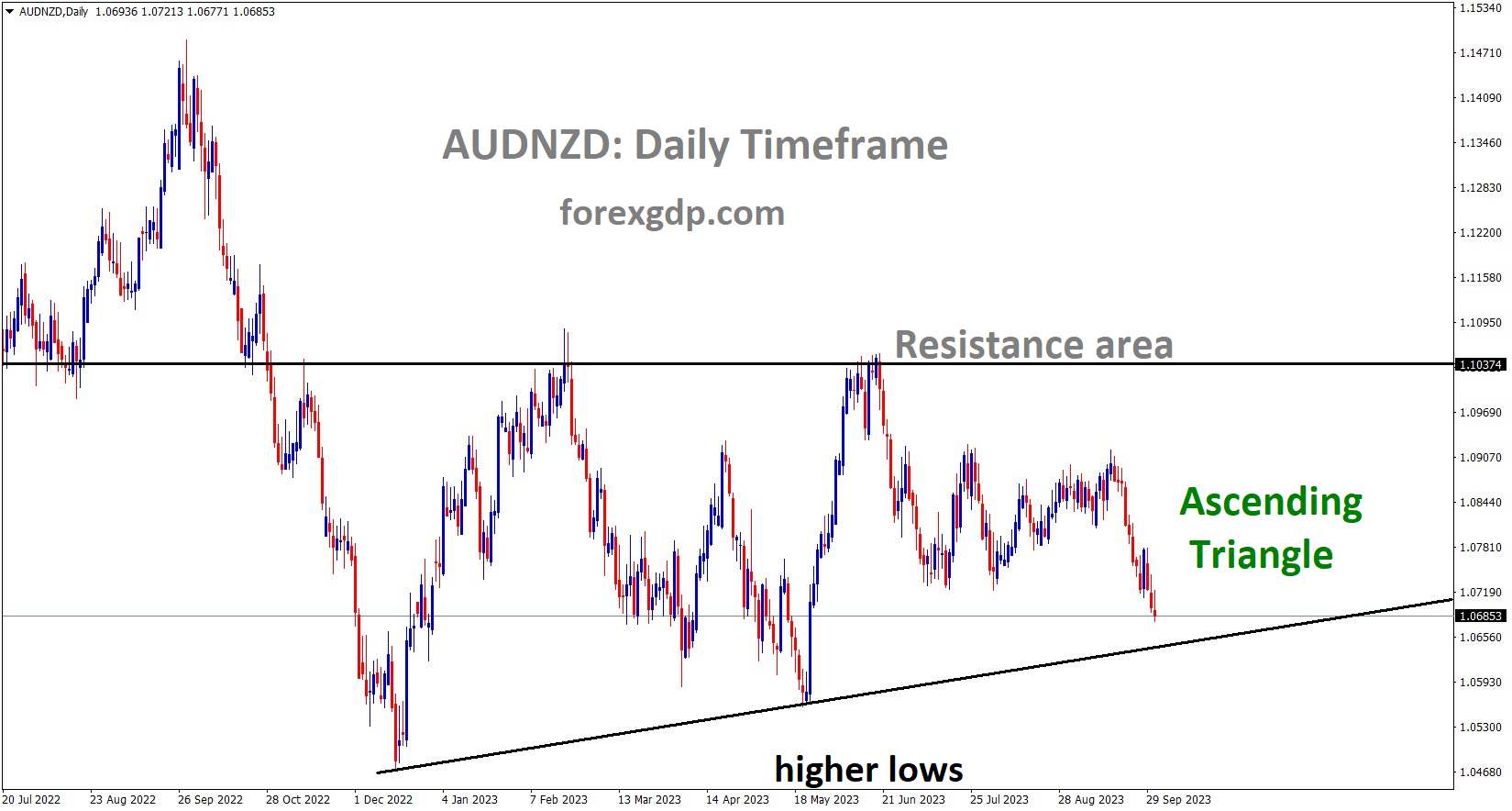
AUDNZD is moving in an Ascending triangle pattern and the market has reached the higher low area of the pattern
The RBNZ’s decision to engage in such substantial FX transactions reflects its commitment to maintaining financial stability. It highlights the central bank’s role in managing the NZD’s value.
4.2 Effects on NZD Forex Markets
While some experts argue that these transactions have not significantly disrupted the NZD forex markets, there is consensus that the NZD/USD exchange rate is currently trading lower than it would be without the RBNZ’s selling activities.
The impact of the RBNZ’s FX transactions raises questions about the central bank’s influence on currency markets. It underscores the need for transparency and careful consideration when conducting such transactions.
5. Looking Ahead
As the RBNZ prepares for its monetary policy review and New Zealand’s general election looms, several factors come into play.
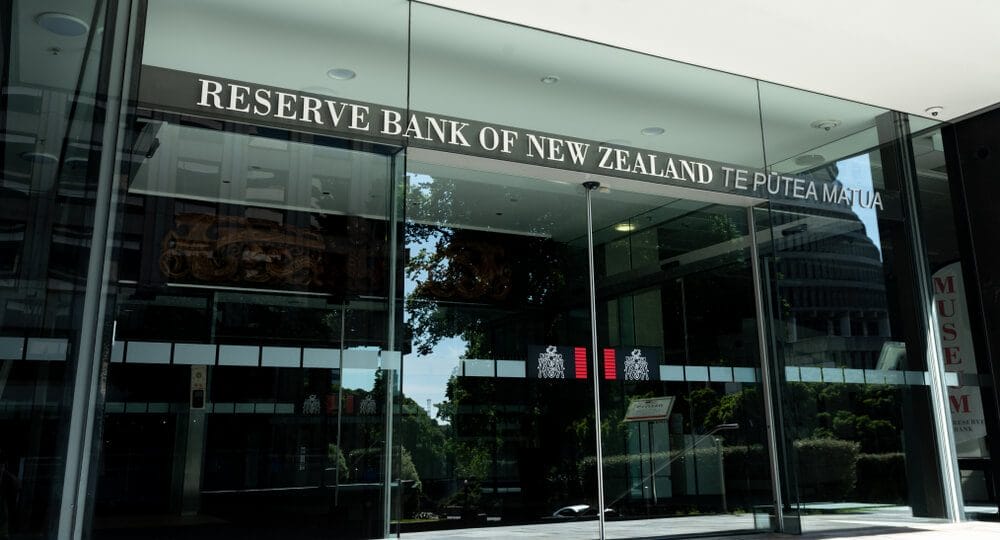
5.1 RBNZ’s Future Role
The RBNZ’s role in managing the NZD and its monetary policy decisions may face scrutiny and potential revision under a new government.
The potential review of the RBNZ’s mandate and operations under a new government highlights the evolving nature of central banking and the need to adapt to changing economic circumstances.
5.2 Economic Confidence and Business Outlook
Despite ongoing economic challenges, business confidence is showing signs of improvement. The impact of negative Chinese economic news on the NZD and currency speculators’ positions is worth monitoring.
The changing business outlook and its relation to currency markets highlight the dynamic nature of economic sentiment and its influence on currency values.
5.3 Interest Rate Differentials
Interest rate differentials will continue to play a pivotal role in currency movements. The NZD and AUD have recently faced pressure as expectations of further interest rate hikes in the US have grown. However, future market dynamics may shift these expectations.
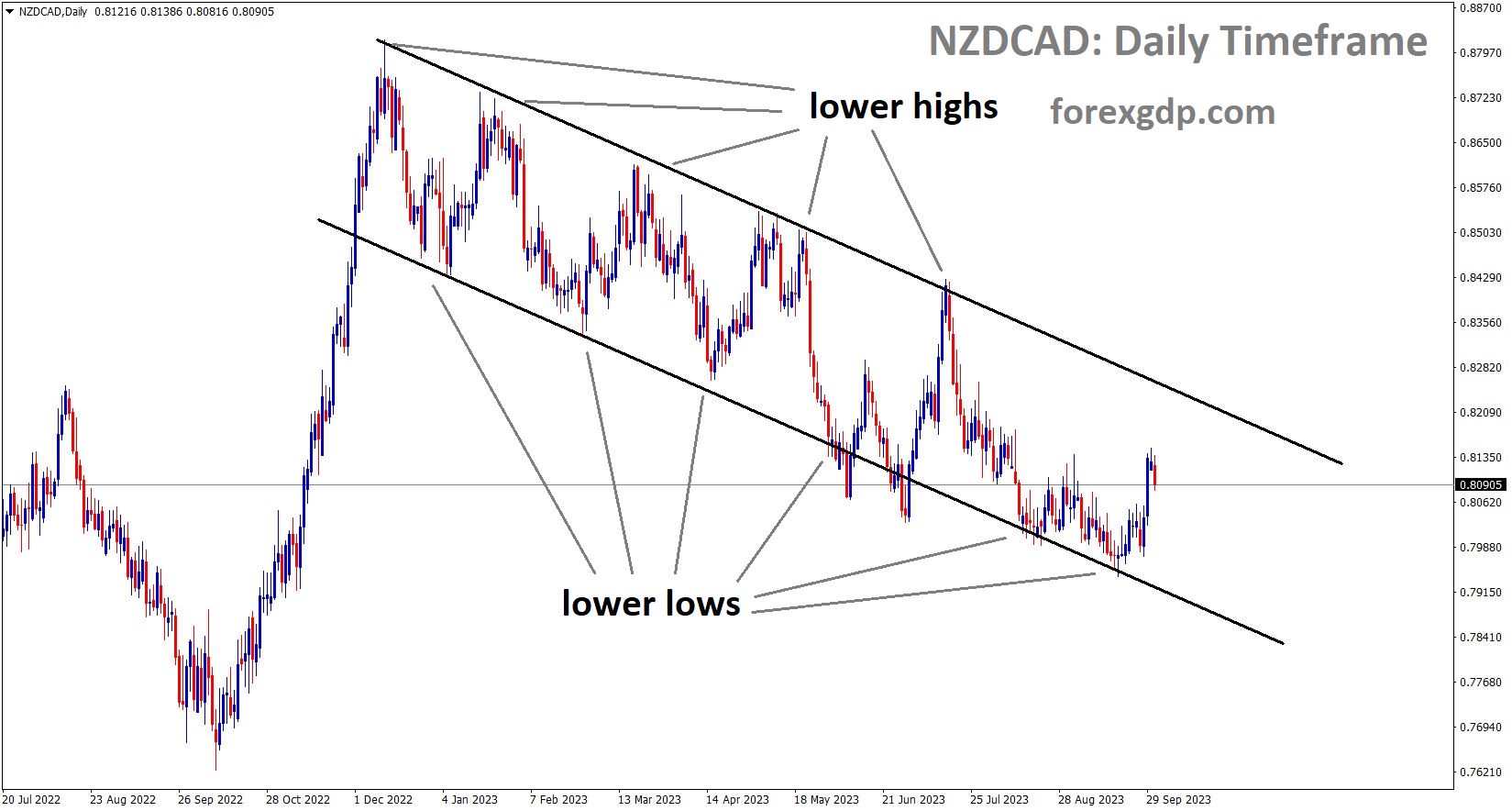
NZDCAD is moving in the Descending channel and the market has rebounded from the lower low area of the channel
The importance of interest rate differentials in currency movements emphasizes the need for central banks to carefully manage their monetary policies to ensure stability.
5.4 Global Economic Trends
Global economic trends, especially in the US, will influence currency values. Weaker economic data in the US may result in a weaker US dollar, impacting currencies like the NZD and AUD.
The influence of global economic trends on currency markets underscores the interconnectedness of the world economy and the need for central banks to consider international factors.
Conclusion
The upcoming RBNZ monetary policy review is poised to be a crucial event with far-reaching implications for the New Zealand economy and the NZD. The recommendations from the NZIER Shadow Board and expert opinions underscore the complexity of the decision-making process. Additionally, the impact of Chinese economic developments and the RBNZ’s FX transactions on the NZD highlight the interconnectedness of global financial markets. As the RBNZ navigates these challenges, its actions will continue to shape the economic landscape of New Zealand and the fortunes of the Kiwi dollar.
Don’t trade all the time, trade forex only at the confirmed trade setups.
Get more confirmed trade setups here: forexgdp.com/buy/

